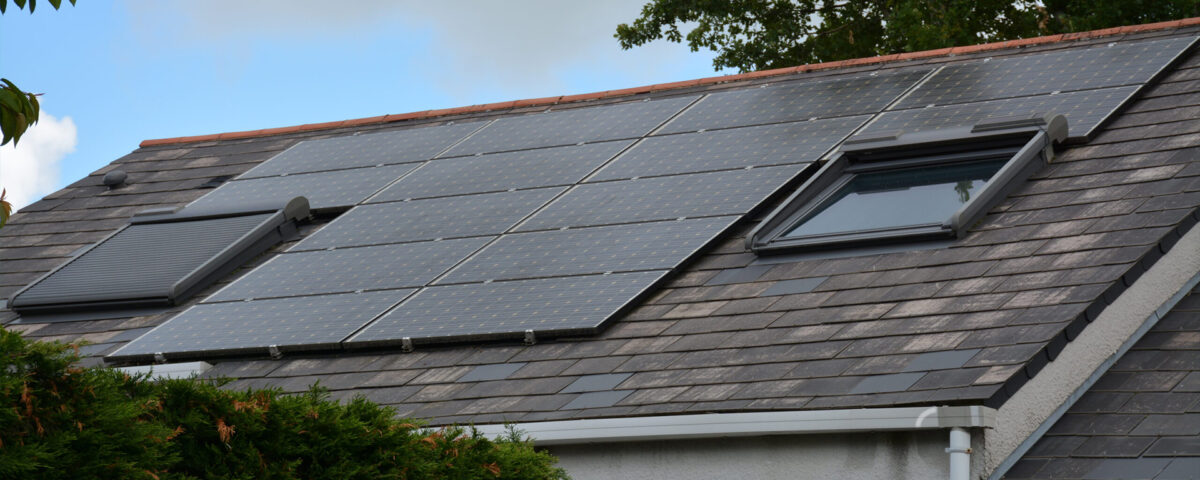Rising Energy Costs in Missouri: What Homeowners Should Know
Joseph Martinez
on
October 22, 2025
Missouri residents are preparing....
…For higher utility bills following new state legislation and recent federal policy changes that favor fossil fuel production over renewable energy.
In April, Governor Mike Kehoe signed Senate Bill 4, a law allowing utility companies to charge customers for power plants still under construction and to base electric rates on future projected costs rather than past performance. Around the same time, federal energy policy within President Trump’s “One Big Beautiful Bill” removed clean energy tax incentives while expanding fossil fuel subsidies.
Together, these moves are expected to drive energy prices up significantly.
What It Means for Missouri Families
A recent report from Energy Innovation, a nonpartisan clean energy think tank, estimates that Missouri households could see an average $640 annual increase in utility bills by 2035. Wholesale electricity prices may rise by as much as 74% over the same period.
The report points to a “loss of low-cost renewables and rising natural gas prices” as key factors driving the spike. The same analysis projects Missouri could lose up to $3.5 billion in gross domestic product by 2035 as a result of these policy changes.
How Senate Bill 4 Changes Utility Pricing
Traditionally, utility rates were based on past costs. Senate Bill 4 allows companies to use what’s called a “forward test year,” meaning rates are now set based on what utilities expect future costs will be. While this can make projections more accurate, it also opens the door to rate increases tied to anticipated expenses, not actual ones.
If companies overcharge based on these projections, the law requires refunds to be issued. Rate changes still need approval from the Missouri Public Service Commission, allowing time for public input.
Another key change lets utilities begin billing customers for construction work in progress, such as new power plants or grid upgrades, before those projects are completed. Supporters say this approach reduces long-term interest costs. Critics argue it shifts the financial burden to customers too soon.
The Bigger Picture: Outdated Infrastructure and Growing Demand
Much of Missouri’s electrical infrastructure is aging. Replacing transmission lines, power plants, and distribution systems is costly but necessary. As Michael Sykuta, an economist at the University of Missouri, said, “You’re going to end up paying more just to keep the system running.”
At the same time, data centers powering AI and cloud computing are rapidly expanding across the state. Their enormous energy needs could further strain the grid. While these facilities are expected to absorb much of their own costs, the added demand still impacts distribution systems that all customers rely on.
What Homeowners Can Do
Rising rates highlight why energy independence matters now more than ever. With utility prices driven by state and federal policy decisions, homeowners have limited control unless they produce their own power.
Solar energy provides a long-term solution. By generating electricity on your roof, you can offset up to 90% of your utility usage and protect yourself from ongoing rate hikes. Through state programs and federal tax credits still available under existing provisions, solar remains one of the most reliable ways to stabilize household energy costs.
At ARC, we believe homeowners deserve transparency and control over their energy. We handle everything in-house including design, permitting, installation, and monitoring so you can make the switch with confidence.
Take Control of Your Energy Future
Electric rates will continue to rise as utilities modernize infrastructure and federal incentives shift toward fossil fuels. But you don’t have to stay at the mercy of your provider.
ARC helps Missouri families take back control through clean, affordable solar energy that is built to last.
Learn How Much You Could Save
Get your personalized estimate at joinarc.io/project-sol

